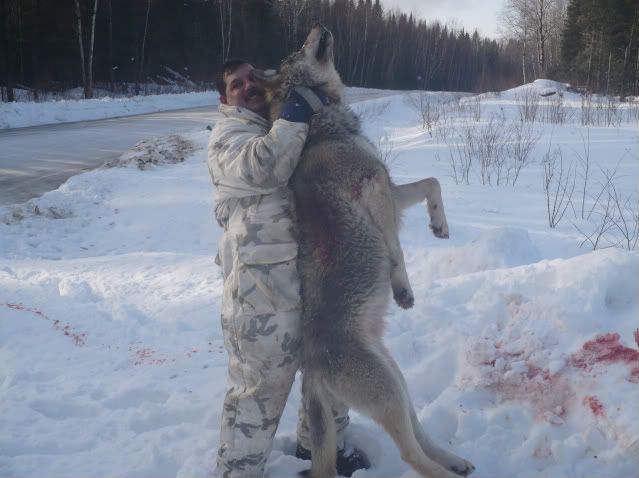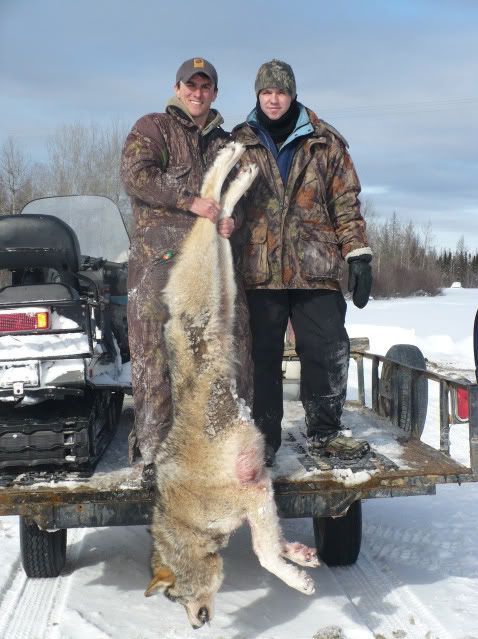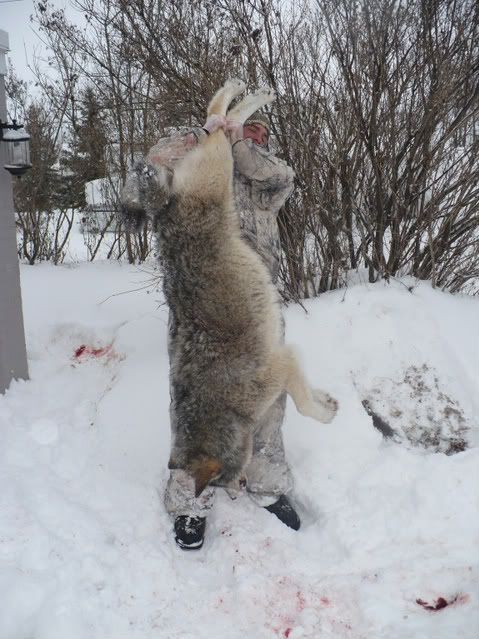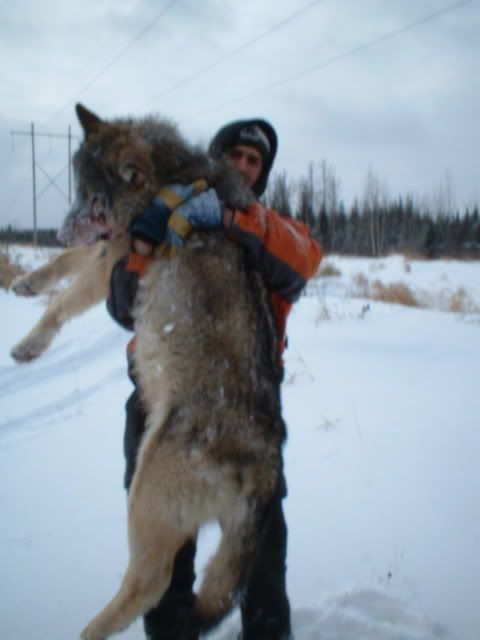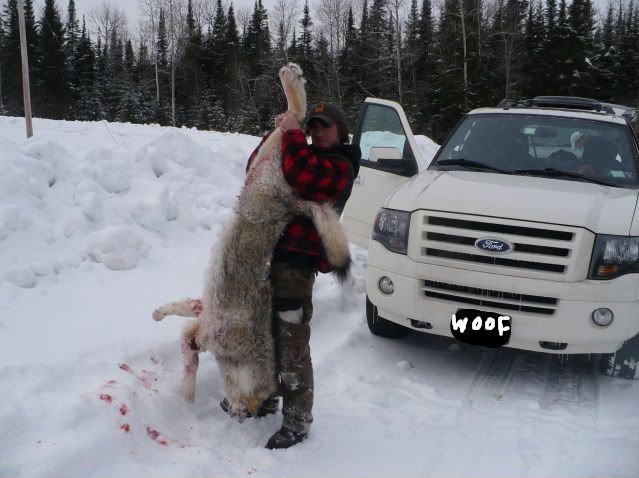There are around Seven distinct species of wolf and a further seventeen or so sub-species of the grey wolf, making a total of 24 species. Here is a list of the species and sub-species of wolves that can be found worldwide:
Gray Wolf - the most common species, normally referred to simply as "wolf". There are several sub-species of this breed. These are:
** Arctic Wolf - This species is not endangered but is on the lower concern list.
Arabian Wolf - This species is critically endangered.
Eastern Timber Wolf - This species is endangered.
Eurasian Wolf - This species is not endangered but is on the lower concern list.
Mexican Wolf - This species is critically endangered.
Italian Wolf - Although this species is not engendered it is listed as Vulnerable.
Mackenzie Valley Wolf - Also known as the Rocky Mountain Wolf, Alaskan Timber Wolf or Canadian Timber Wolf. This species is not endangered but is on the lower concern list.
Russian Wolf - This species is not endangered but is on the lower concern list.
Iberian Wolf - This species is one step away from being classed as vulnerable. They are listed as Conservation dependent, meaning that with out the conservation efforts they would become endangered very quickly.
Great Plains Wolf - Also known as the Buffalo Wolf. This species is not endangered but is on the lower concern list.
Tundra Wolf - This species is not endangered but is on the lower concern list.
Southern-East Asian Wolf - also known as the Turkish or Iranian wolf. This species in endangered.
Caspian Sea Wolf - This species is endangered.
Dingo - This species is listed as vulnerable.
Vancouver Island Wolf - This species is endangered.
Egyptian Jackal - Also a sub-species of the Jackal. This species is critically endangered.
Himalayan Wolf - disputed as a sub-species of the grey wolf and was thought to belong to the Tibetan wolf species. Now, this species is critically endangered.
Red Wolf - Found in eastern USA. This species is critically endangered.
Prairie wolf - also known as coyote. This species is not endangered but is on the lower concern list.
Eastern Canadian Wolf - a newly recognised species, thought to be a relation of both the prairie wolf and the gray wolf, and is something classified as a Grey wolf sub-species. This species is endangered.
Ethiopian Wolf - A wolf that very closely resembles a fox. This species is endangered.
Indian Wolf - Another recently recognise species, thought originally to be a sub-species of Southern-East Asian Wolf, now known to be a species in its own right.
Maned Wolf - Found exclusively in South America. This species is critically endangered.
There are also several species of wolf that are now extinct. These include:
Hokkaido Wolf - One of the two Japanese wolf species. Confirmed extinct in 1889.
Honshū Wolf - The second of the Japanese wolf species, also extinct. Confirmed to be extinct in 1905.
Dire Wolf - A prehistoric wolf. Estimated to have become extinct around 10,000 years ago.
Newfoundland Wolf - A sub-species of the grey wolf, now extinct. Confirmed to be extinct in 1911



